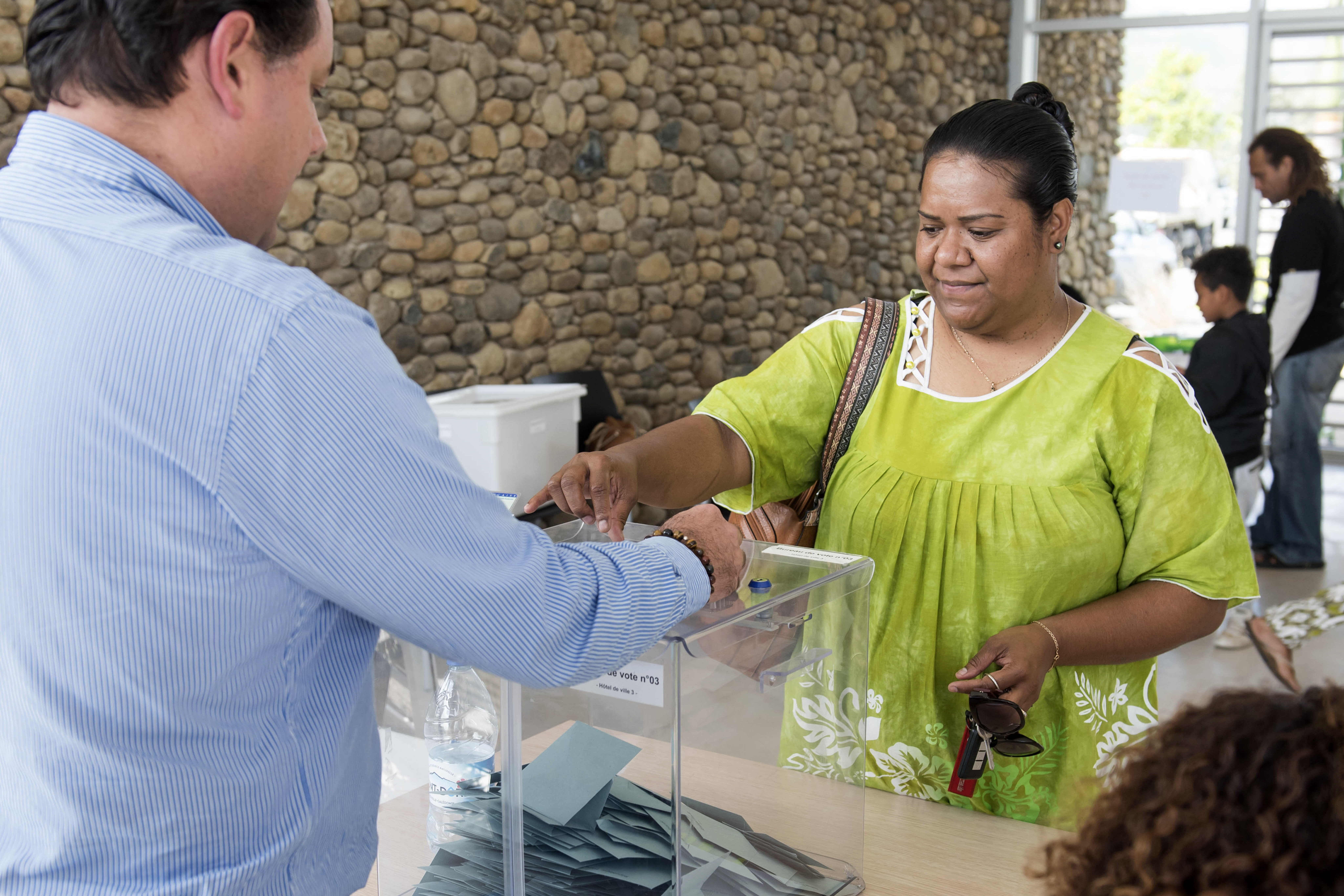
By Chelsea Gohd - Space.com
A robotic Cygnus spacecraft successfully blasted off from Virginia late Friday (Oct. 2) carrying nearly 4 tons of gear, including a new space toilet, to the International Space Station.
A Northrop Grumman Antares rocket lit up the night sky alongside a nearly full moon at 9:16 p.m. EDT (0116 GMT on Oct. 3) as it launched the Cygnus NG-14 mission to the space station from the Mid-Atlantic Regional Spaceport at NASA's Wallops Flight Facility on Wallops Island, Virginia.
The craft is hauling 7,624 lbs. (3,458 kilograms) of cargo that includes scientific equipment, an experimental space toilet, food, hardware and other supplies for the Expedition 63/64 astronauts living and working on the space station.
The launch came after a series of delays due to weather this week and less than 24 hours after a launch abort late Thursday (Oct. 1) due to a ground support equipment issue.
Along with crew supplies and hardware, the launch today sent a number of exciting scientific investigations and equipment to the space station. One of the most anticipated items onboard is a new space toilet, formally known as the Universal Waste Management System. The astronauts on the space station will test the $23 million commode for future use on station and by future crews on missions to the moon.
The Cygnus is carrying a number of other investigations as well. For example, the radish-growing experiment Plant Habitat-02 aims to expand our knowledge of growing plants and food in space. With this experiment, researchers will test how the plants grow with different light and soil conditions. This "could help optimize growth of the plants in space as well as provide an assessment of their nutrition and taste," according to a NASA statement.
Another experiment will help scientists develop more effective and safer cancer treatments. While Testing cancer drugs in microgravity could help reveal treatments that "make good candidates for safer, more effective, and affordable medicines to treat leukemia and other cancers," NASA wrote in the same statement.
Another experiment will use a customized 360-degree camera that launched to the station in December 2018 to create an immersive virtual reality experience that will allow people to experience what life is really like inside the space station and even "outside" on spacewalks. And a different investigation will examine a unique process that could help astronauts on the space station to produce water and energy by converting the urea in human urine into ammonia.
Additionally, Estée Lauder will be launching not an experiment, but a skincare serum to the space station. There, astronauts will photograph the commercial product in the space station's cupola window. This endeavor is part of NASA's efforts to engage more with commercial activity in low Earth orbit.
Tonight's launch was previously scheduled to take place Tuesday evening (Sept. 29), but the liftoff was delayed "due to poor weather conditions anticipated Tuesday and Wednesday," NASA wrote. An attempted launch on Thursday was aborted two minutes and 40 seconds before liftoff due to the ground support equipment glitch. Northrop Grumman engineers were able to identify and address the issue in time for tonight's successful launch.
The Cygnus is built by Virginia-based company Northrop Grumman, which, like SpaceX, holds a space station resupply contract with NASA. Northrop Grumman named this Cygnus spacecraft the S.S. Kalpana Chawla, paying homage to astronaut Kalpana Chawla who, along with six other astronauts, died in the 2003 Columbia space shuttle tragedy. Chawla also flew on Columbia in 1997 as a mission specialist and primary robotic arm operator. She was the first woman of Indian origin to ever go to space.
NG-14 is the 14th launch for Cygnus and the spacecraft's 13th mission to the space station.
"As the 14th flight to the ISS, the Cygnus has been a workhorse for us in bringing cargo and removing cargo from the ISS ... it's brought up tens and tens of tons of metric tons of cargo. And it's key [in bringing] a lot of the research, crew supplies, critical spares that we need on ISS in order to continue operations," Dorth said.
Docking with the space station
The Cygnus spacecraft will arrive at the space station on Sunday (Oct. 4). There, NASA astronaut Chris Cassidy, the expedition 63 commander, will grapple the craft with the station's robotic arm. Flight engineer and Roscosmos cosmonaut Ivan Vagner will act as a backup.
After capturing Cygnus, with help from mission control in Houston, the station's robotic arm will rotate and install the craft on the space station's unity module, where it will remain until mid-December before departing to burn up in Earth's atmosphere.
Email Chelsea Gohd at cgohd@space.com or follow her on Twitter @chelsea_gohd. Follow us on Twitter @Spacedotcom and on Facebook.





















